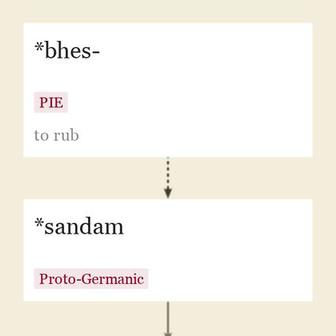sandbar n.
also sand-bar, "
updated on December 08, 2021
- multinominous
- multiparous
- multipartite
- multiphase
- multiple
- multiplex
- multiplicable
- multiplicand
- multiplication
- multiplicative
- multiplicity
- multiplier
- multi-ply
- multiply
- multipolar
- multiprocessor
- multipurpose
- multiracial
- multistory
- multisyllable
- multitasking
- multitude
- multitudinous
- multi-use
- multivalent
